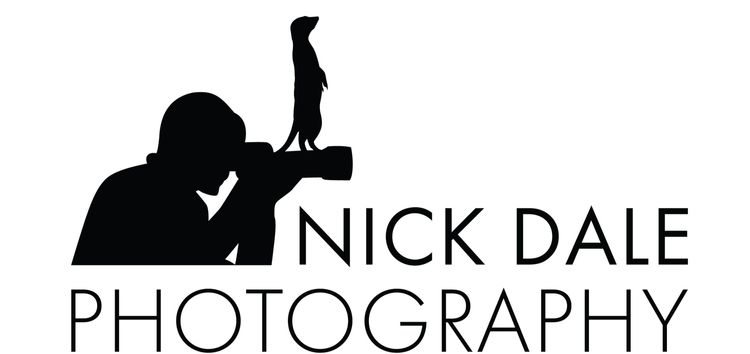Oh, no! Not another Lightroom clone…!
I recently became an affiliate for Skylum’s Luminar Neo. This is post-processing software similar to Lightroom, and I thought I’d try it out to see what it was like.
I learned how to use Lightroom by watching Anthony Morganti’s excellent YouTube videos, so I thought I’d do something similar with Luminar Neo. I watched his Luminar Neo for Beginners video, which was only a few minutes long, but it told me everything I needed to know.
I checked what he was doing in the video by doing something similar to the penguin shot shown above. The only difference between the ‘before’ and ‘after’ versions is the use of the automatic adjustment tools in Enhance:
Accent
Sky Enhancer
Here are my first impressions of Luminar Neo.
Similarities to Lightroom
The first thing to say is that it’s very similar to Lightroom in many ways, including the terminology and the keyboard shortcuts. If you’ve used Lightroom before, you won’t have too many problems adapting to Luminar Neo.
The Develop module is called the Develop module
Pressing the J key shows the clipping indicators
The clipped shadows are shown in blue, the clipped highlights in red
Shift+Command+E is the keyboard shortcut for Export…
AI-enhanced tools such as Enhance AI and Sky AI
I’m not sure how I feel about this. On the one hand, it’s handy when switching between software that the shortcuts are the same. It makes the transition much quicker and easier. On the other hand, it’s not terribly original, is it…?!
I guess you can’t copyright software, so I shouldn’t be surprised.
Problems
Despite the similarities, I did—inevitably, perhaps—have a few basic navigational problems when trying to reproduce what Anthony Morganti was doing:
Couldn’t close a file using Command+W
Option to view the histogram wasn’t visible in the Catalog module
Splash screen froze when I searched for ARW files
Couldn’t show ‘before and after’ by clicking on Tools
That’s not a very long list, and I’m sure I’d get solve all the problems in time—if I wanted to!
Differences
The differences between Lightroom and Luminar Neo were annoying, revealing and understandable—in a way:
Any changes you make using Develop aren’t retained in the main Develop panel, so all the sliders are reset to zero. Instead, they appear as line items in the Edit panel. However, sometimes they disappear, and sometimes they don’t! Who knows why…?
You can’t see a preview when hovering over the different Camera Profiles
Pressing Return/Enter doesn’t finalise the edits and quit the tool
Command-Z doesn’t undo the addition of layers
Every team of software of engineers will obviously have to strike a balance between doing them their way and doing things the way everyone else does them. In this case, I think they’ve probably made a mistake. They seem to want to reproduce the History tab functionality of Lightroom by combining it with the Develop module—and I’m not sure it works.
For a start, I don’t want my changes ‘disappearing’ for any reason, and I think Lightroom’s solution of having a toggle switch on each Develop section and a separate History panel is much less counter-intuitive.
Sources of Confusion
In addition to the different approaches, one source of confusion was the ‘help’ messages, which didn’t really help…!
“Your RAW photo develops the moment you apply any non-RAW tool. You can still find the RAW tools in a separate panel in Edits.”
Discard Edits doesn’t actually, you know, discard the edits! The image changes, but the bar in the Edits panel remains.
The first of these is confusing because it doesn’t say what ‘develops’ means. I thought Luminar Neo was supposed to be a non-destructive editor like Lightroom. If so, how can the photo ‘develop’? Does that mean the changes are permanent? Who knows? In addition, it doesn’t explain what RAW and non-RAW tools are or how the difference affects image editing.
The second is only a minor quibble, but it’s much more reassuring if something does exactly what it says on the tin. If it doesn’t, it’s just worrying and makes you think you must’ve done something wrong or misunderstood.
Verdict
I won’t be abandoning Lightroom any time soon, but that’s not to say that Luminar Neo isn’t a decent piece of software—and it’s also cheaper than Lightroom if you don’t invest in any of the Extensions.
The workflow and functionality are basically similar, but it would take me a lot longer to work out all the benefits and disadvantages.
In the meantime, it’s worth using the free trial to have a play with it. See what you think.
If you’d like to order a framed print of one of my wildlife photographs, please visit the Prints page.
If you’d like to book a lesson or order an online photography course, please visit my Lessons and Courses pages.


